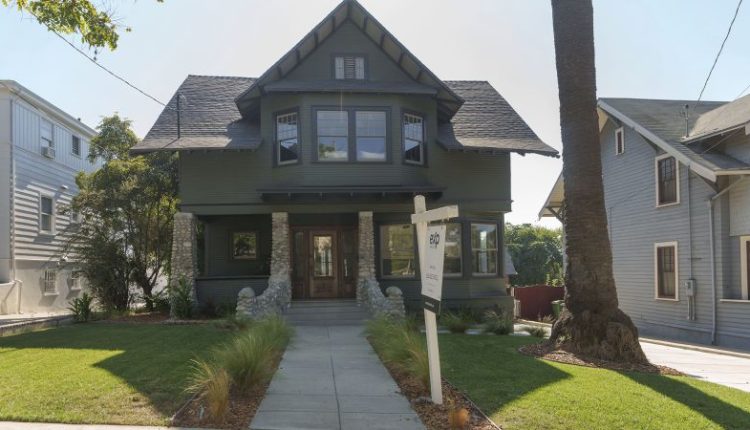Mortgage rates are nearing 8%. Prices have climbed for the past three months straight. And there were fewer homes on the market in September than any September ever. No wonder home sales just hit a 13-year low. It is a crummy time to try to buy a house.
In unwelcome news to homebuyers, none of this is expected to change soon. Prices are expected to stay high, inventory is expected to stay low and rates may climb even further.
The current housing market offers a crushing affordability picture for would-be-homebuyers and is keeping many out of the market. And it has been steadily worsening for the past two years.
With the average 30-year fixed rate loan currently at 7.63%, according to Freddie Mac, it now requires a monthly principal and interest payment of $2,528 to afford a median-priced home with a 20% down payment, according to ICE Mortgage Technology, which recently acquired mortgage data provider Black Knight.
That is up 91% from two years ago and an increase of $1,204 a month, ICE found.
The monthly payment on an average-priced home now requires 40% of the median household income, making housing the least affordable it’s been since 1984, according to ICE.
“The last time home affordability was this tight, interest rates were at 13.6% — roughly 6 points higher than today — and the average home price was about 3.5 times the median household income,” said Andy Walden, vice president of enterprise research at ICE Mortgage Technology. “Today, after years of low interest rates helping to drive purchase prices up, the average home costs six times the median income.”
To bring affordability back to long-term averages, he said, it would take some combination of up to a 37% decline in home prices, mortgage rates dropping by 4 percentage points, or a 60% growth in median household incomes.
“Unfortunately, the upward shift in Treasury yields this week will likely make returning to ‘normal’ an even more challenging target to hit,” Walden said.
Inflation is still above the Fed’s stated target of 2%, which means the central bank’s benchmark rate will likely stay higher for longer.
Ahead of the central bank’s upcoming two-day policy meeting, which starts on October 31, financial markets are pricing in another pause on rate hikes. But the chances of an additional pause in December are much lower, at around 61%, according to the CME FedWatch Tool.
“Longer term Treasury yields — which mortgage rates tend to follow — depend on expected economic growth and inflation expectations,” said Orphe Divounguy, senior economist at Zillow. “Inflation expectations are moving higher. Political dysfunction in the nation’s capital and rising government borrowing are also likely contributing to the increased pressure on yields.”
But even if mortgage rates do reach 8%, it wouldn’t make things that much worse for buyers, said Nicole Bachaud, senior economist at Zillow, partly because the market is already so unaffordable.
A buyer making the median household income and putting a 10% down payment on a typical home in August would have spent almost 40% of their income on their mortgage payments. To get that down to the recommended 30%, which is a standard threshold commonly used as a guideline for an affordable home, a household would need an annual income of almost $107,000, according to Zillow. The median household income was $74,580 in 2022, according to the US Census Bureau.
If mortgage rates rise to 8%, Bachaud said, the income needed to afford the typical US home would rise to nearly $114,000.
“Buyers are already in a tight spot and the housing market isn’t likely to look markedly different with rates above 8%,” she said.
But with a strong labor market and Fed rate cuts pushed out into, perhaps, the third quarter of 2024, the market could stay at this level for a while, said John Toohig, head of whole loan trading at Raymond James.
So how long can home prices stay strong? And how much longer can would-be homeowners keep putting off buying a home?
“For much of this year I’ve hunted for good news as to how we will endure ‘higher for longer’ but not see the world break,” Toohig said.
“An aggressive Fed that is prone to overcorrecting can do real damage,” he said. “Good news in the economy causes rates to stay higher for longer — but the longer rates are higher, the more likely something in the market goes ‘boom.’”
Read the full article here

